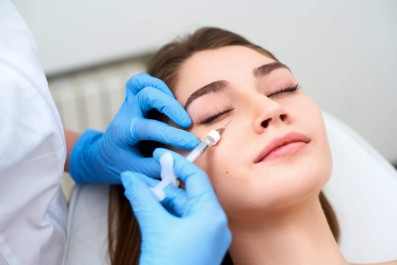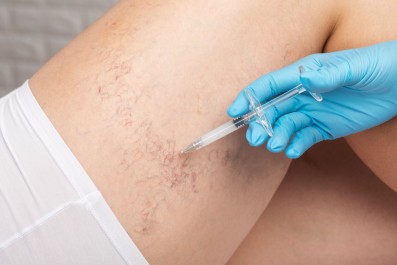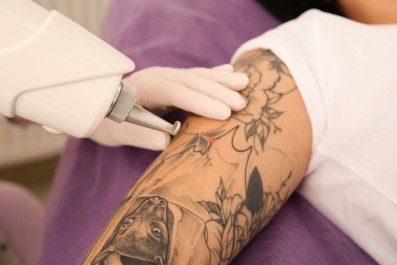Sun Damage Repair
By Louis Silberman
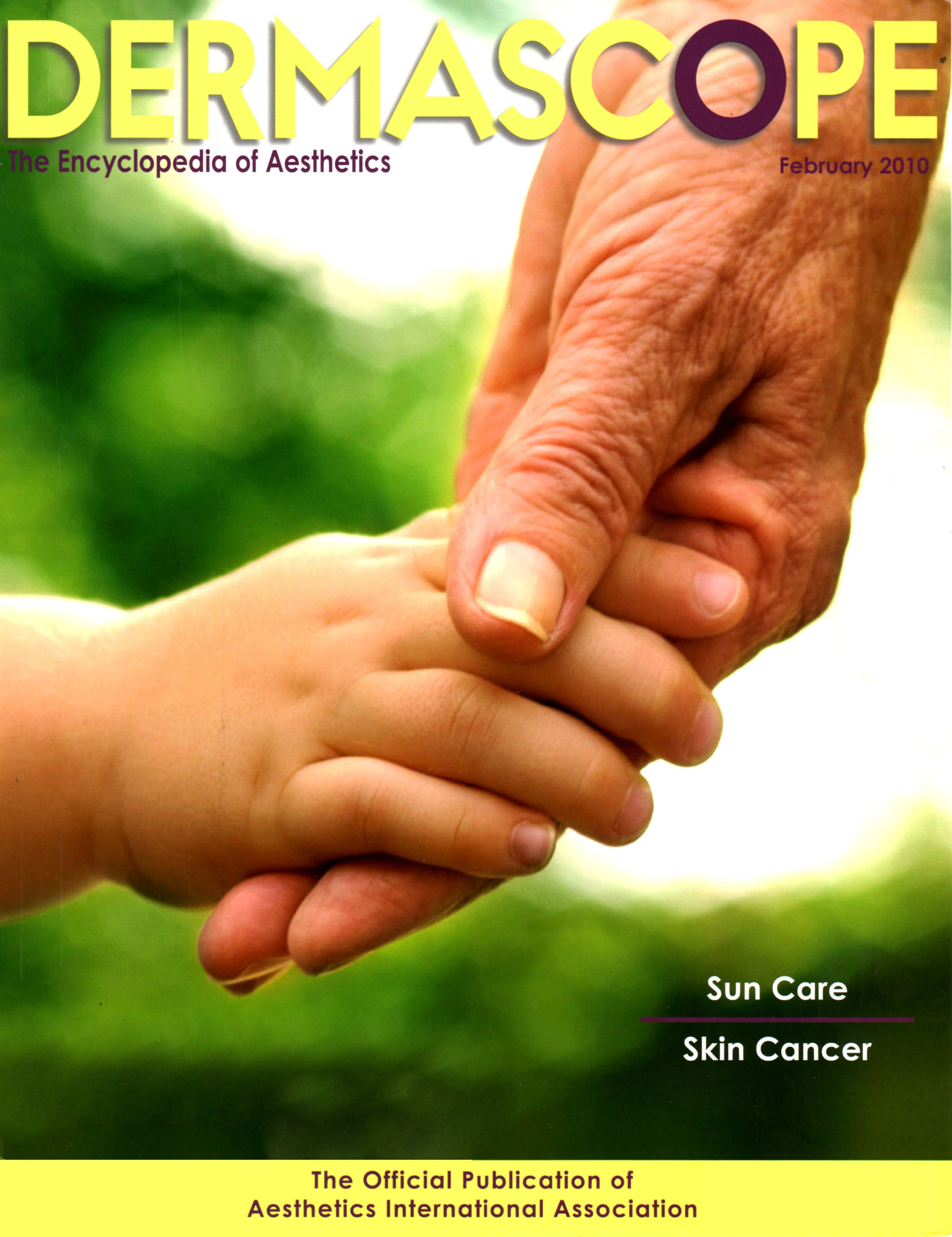
Intro
As Jack Frost nips at our noses, it is a common tradition for families to escape to higher elevations for vacations in the snowy landscape. Unfortunately, with temperatures dropping and bathing suit weather long gone, it is easy to forget about the dangers of sun exposure and importance of wearing sunscreen. What most people do not know is that UV rays during the winter are much harsher than those in the summer are. After months of unprotected exposure, consumers often begin showing the visible signs of sun damage, such as darkened freckles and age spots. This creates the perfect time of year to highlight services that rejuvenate and repair the skin.
Sun Facts
Of all the damaging elements skin finds itself exposed to throughout the day, none has a more profound an effect as the sun. It is common knowledge that extended exposure to sun over many years causes premature aging, skin discoloration and even cancer. What is lesser known is how these rays actually damage the skin. To analyze this more closely, it is important to look at the aspect of the sunlight that causes the damage–UV rays.
On the light spectrum, visible light has a wavelength of 700-400nm (nanometers). UV rays have a shorter wavelength of 400-290nm, which causes them to exist outside of what the human eye is able to see. These wavelengths are divided into UVA rays (400-320nm) and UVB rays (320-290nm).
UVA rays make up 95% of all the ultraviolet radiation that hits the Earth’s surface. Unlike the way temperature fluctuates up and down throughout the day based on the position of the sun, the intensity of UVA rays remains relatively constant during all daylight hours throughout the year. Penetrating the skin much deeper than UVB rays, UVA rays are known to play a major part in skin wrinkling and premature aging, otherwise known as photoaging.
UVB rays, while less prevalent than UVA rays, are much stronger. Due their higher wavelength, these rays damage the more superficial layers of the epidermis and are the main cause of skin reddening and sunburns. Unlike UVA rays, the intensity of UVB rays varies based on locale, time of year and time of day. In the United States, they are strongest from April to October between 10 A.M and 4 P.M. However, it is important to know that UVB rays can burn skin year-round. This is especially true at high altitudes where reflective surfaces like snow and ice is prevalent. These surfaces can reflect up to 80 percent of the sun’s UV rays back to a person, causing the skin to become double-exposed to these harmful rays. For clients who enjoy outdoor winter sports, it is important to tell them about this danger. For example, the sun exposure received during a typical 7-hour day of skiing is equal to 12.6 hours of lounging by the pool.
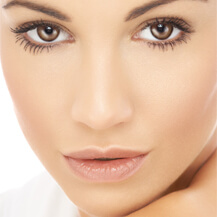
UV-Related Skin Conditions
Sunburn
One of the most common side effects of extended UV exposure is erythema, more commonly known as sunburn. Sunburn happens when skin cells are damage by absorbing the energy of the UV rays. In order to repair the injury, the body transfers additional blood to the affected area, thus causing the redness associate with sunburn.
Solar Lentigo
A solar lentigo, also known as a sun-induced freckle, is a dark (hyperpigmented) lesion caused by both natural and artificial UV light. Solar lentigines may be single or multiple. This type of lentigo is different from a simple lentigo because it is brought on by exposure to UV light. Solar lentigo are benign, but they do indicate excessive sun exposure, a risk factor for the development of skin cancer.
Cutis Rhomboidalis Nuchae
Cutis rhomboidalis nuchae refers to a condition brought on by long-term, prolonged sun exposure, resulting in damage to the skin on the back of the neck. This exposure causes the epidermis to thicken and severely wrinkle.
Skin Cancer
In addition to aesthetic concerns, the damaging energy of UV radiation also causes a variety of skin cancers. Occurring at the genetic level, UV rays damage cellular DNA, which provides the blueprint for creating new skin cells. When DNA is excessively damaged by UV radiation, it increases the chance that mutations will occur that can lead to cancer. To keep clients safe and healthy, it is beneficial to recommend they get a skin check-up once per year from a medical professional. Aesthetic treatments should not be given on areas with abnormal moles or a suspicious skin appearance. In these situations, immediately refer them to their health care provider.
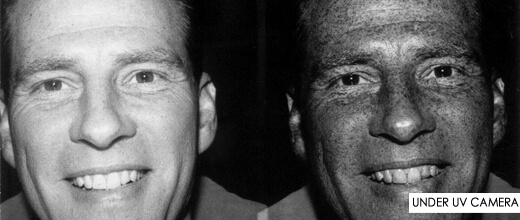
UV Cameras
What we see in the mirror is not always a true reflection of our skin’s health. Much like invisible UV rays, sun damage can exist unseen to the naked eye. When marketing sun-damage-repair services, a picture is worth a thousand words. Thanks to UV camera technology, aesthetic professionals now have the ability to reveal to clients the surprising and scary truth about the true extent of their UV damage. One of the earliest cameras, the Twin Image UV Detect Camera had the ability to take two pictures at once, showing a normal image of a person’s face and the other revealing hidden sun damage. Using Kodak instant photo technology, the camera was able to take these images using two different forms of light sources at one time. The normal photograph used the full range of light while the other used filtered UV light that penetrated 1.5-2.0 millimeters under the dead layer of skin in order to highlight the sun damage.
As technology progressed, aesthetic professionals switched from using actual film and are now using digital cameras to detect and predict UV damage to the skin. The newest technology, the Reveal® camera, instantly shows exactly where hidden sun damage and inflammation is located so that it can be more effectively aesthetically treated.
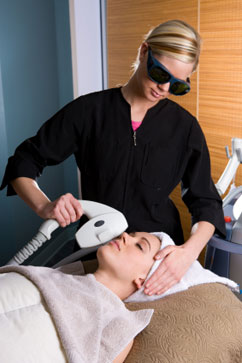
Treatments
Microdermabrasion
For clients with minor sun damage and a desire for a brighter complexion, microdermabrasion is a popular method to achieve these goals. Using a spinning hand tool, aluminum oxide micro crystals are ground against the skin. This non-invasive treatment is used to exfoliate the top layers of the skin. Redness may occur after the procedure but there is no downtime, allowing clients to return to their normal routine. As an alternative, microdermabrasion technology has developed into a more advanced into a less abrasive modality. This method exfoliates the skin using a vacuum-type device with a bristled tip to remove dead skin cells instead of using crystals. This procedure does not cause discomfort or skin laceration. Microdermabrasion is appropriate for both light and dark skin colors.
Chemical Peels
The Vitalize Peel® is a very popular peel used to treat sun damage but can also treat noticeable age spots, freckles, and fine lines. This particular peel can be used on all skin types and requires little to no recovery time, allowing the patient to return to everyday activities. The peel begins with a cleansing of the area being treated, with the solution evenly applied after. The formula contains retinoic acid, alpha-hydroxy acids, beta-hyroxy acids, and resorcinol. Chemical peels are known to have a warm and tingling sensation on the skin. Skin redness and peels may occur as well. Results are immediately visible following the procedure, with even greater results after a series of Vitalize Peel® treatments.
IPL Photofacial
This treatment is recommended for reducing the appearance of skin redness. IPL, which stands for intense pulse light, uses the heat of a scattered beam of intense light to produce results. Using a special hand piece, a series of light pulses are projected into the skin. The light produced by the IPL treatment is attracted the discolored skin cells, such as age spots, damaging them and triggering the skin’s healing process to produce natural collagen. Patients report a “rubber band snap” sensation when the pulse of light is delivered into the skin. For people with more sensitive skin, topical anesthesia can be provided and a cool compress can also be applied after a treatment. Skin redness and minor swelling may occur in the treatment area, so patients are not recommended to receive an IPL Photofacial before a special event.
Fractional Laser Skin Resurfacing
This procedure uses laser beam technology to reduce the appearance of wrinkles and fine lines caused by sun damage. The Palomar® Lux 1540 and the Fraxel® are non-ablative fractional lasers used in this process in order to improve the skin’s texture and lighten dark pigmentation. Fractional technology breaks down a traditional laser beam into thousands of micro-beams to form deep and narrow columns of coagulation that penetrate into the epidermis and dermis layers. The micro-beams only target a small percentage of skin in the treatment area, leaving the surrounding tissue unharmed. The skin cells surrounding the coagulated tissue then begins the healing process, producing healthy new tissue and collagen.
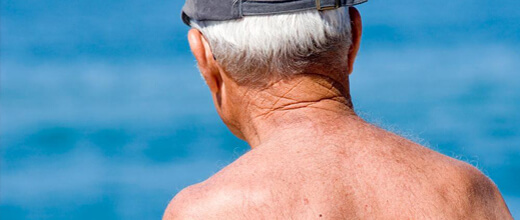
Medical Aesthetics Training
Dealing with advanced lasers, tools, and peels may sound intimidating, but learning how to perform them is a lot easier than one might imagine. Contrary to popular belief, aesthetic professionals are not required to have a medical background to perform laser treatments or chemical peels. Training rules and regulations are different in each state. However, the industry gold standard when it comes to training is a 14-day program, combining both classroom and hands-on clinical experience.
When looking into prospective medical aesthetics schools it is vital to do research to ensure you will be receive the best education possible. Here are a few tips to keep in mind:
- If there are specific types of treatments you want to learn, make sure your prospective school offers courses covering these treatments. Not all programs are the same.
- It is also good to find out how many instructors a school has. Learning from a variety of instructors can be beneficial for your education. It will give you the opportunity to learn from people with expertise is different areas and exposes you to a broad collection of industry perspectives.
- If laser is your specific area of interest, look into what types of equipment the school uses. There are many manufactures and laser platforms in the market. Learning on a variety on machines will better prepare you for the workplace and make you more versatile in your treatment skills.
- Having the ability to work with actual clients is going to prepare you for real-life situations, so be sure to ask how many hours of hands-on clinical practice are included in a school’s program.
- When entering the real world after graduation, it is also vital to know how to market yourself and your business. Finding a school that offers courses with an emphasis on business development and marketing will give you the confidence and skills to become truly successful.

Prevention Check List
Sun exposure and the resulting damage are not only aesthetic concerns, but health risks as well. Fortunately, there are many ways to prevent irreparable harm before it starts. Here is a quick list of tips to educate your clients and help keep their skin looking great.
- For outdoor activities, apply at least two tablespoons of sunscreen to all exposed areas. Wait at least 30 minutes before going outside to allow for proper absorption into the skin. Reapply sunscreen every two hours, or immediately after swimming or increased sweating occurs.
- Avoid extended sun exposure between 10 A.M and 4 P.M. This is when harmful UVB rays are at their strongest.
- Apply sunscreen with SPF 15 or higher to the face every day. Many specialized moisturizers now include this and avoid the greasy feel of typical sunscreens.
- Avoid outdoor tanning and tanning beds. Tans may look good now, but clients will pay for it later with wrinkles and premature aging. Sunless tanner products have advanced greatly in recent years, offering a safe bronze glow without turning the skin orange

Louis Silberman is president of National Laser Institute, a leading school specializing in advanced cosmetic laser and medical aesthetics training for beauty professionals. As an expert in laser aesthetics education, a medical spa owner and nationally recognized author, marketing speaker and business consultant, Silberman has been a driving force behind the organization of laser safety for consumers.
Contact National Laser Institute today at 1-800-982-6817 or simply fill out the form to your right.



